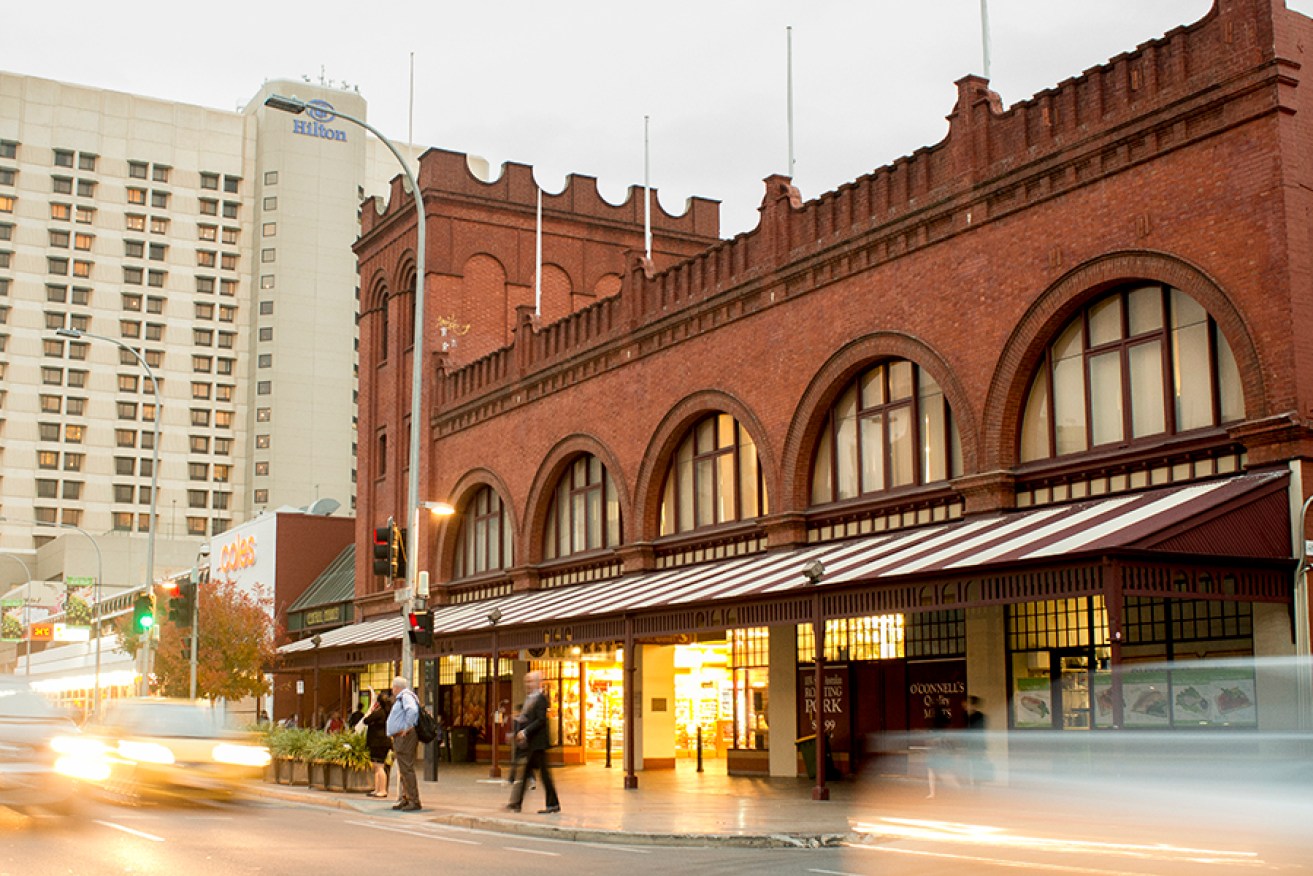Population debate explodes as SA loses seat
UPDATE | The likelihood of South Australia losing a seat in federal Parliament has sparked a political debate about population, with Premier Jay Weatherill declaring the state’s lifestyle is being safeguarded by our relatively low rate of growth.


Jay Weatherill says Adelaide's relatively low population growth means we have less traffic and less crime than other states.
This afternoon the Australian Electoral Commission announced the state-by-state breakdown of seats for the next federal election, with South Australia losing one of its 11 electorates in response to the latest population statistics. Victoria and the ACT will both gain one seat, with the overall size of the House of Representatives increasing by one, to 151 members.
A redistribution will now follow, with widespread speculation in political circles that the eastern suburbs seat of Sturt, held by Liberal minister Christopher Pyne, could be in the line of fire. There’s also speculation about a merger of the rural seats of Grey and Barker, or a carve-up of the Hills-based seat of Mayo, held by the Xenophon team.
Ahead of the announcement, Pyne blamed the impending loss of federal representation on the performance of the State Government, pointing out that in 1993 when he was first elected, South Australia and Western Australia had the same number of seats.
“We both had 13 seats,” he told ABC Radio Adelaide today. “Now Western Australia has 16 seats, and we will have 10. So the ruthless arithmetic of politics leaves us in no doubt that our state has declined, population wise, economically, relative to other states and I think it’s a very sad thing for our state.
“Under 16 years of the Labor government, South Australia’s share of the population has fallen from 7.73 per cent in 2002 to 7.04 per cent. Our share of the economy has dropped from 6.77 to 6.08. So the mathematics doesn’t tell lies – the reality is the Labor government have been happy to preside over the slow decline of South Australia. Everyone knows that our young people leave and people don’t come here.”
In response, Weatherill made a virtue of the state’s rate of population growth, pointing out that while it is low compared to other states, it is relatively high by international standards.
“In South Australia over the last five years, during the Census period 2011 to 2016, (we) grew at five per cent,” he said. “That’s faster than France, it’s faster than the UK, it’s faster than the US. So in international terms population growth has been quite robust.
“In international terms, (we are) growing like a chemistry experiment. We are growing at twice the rate of the growth of the OECD, three times the rate of the growth of many countries around the world.”
When challenged about the state’s decline in population growth relative to other Australian states, he said: “We’re not running a high population growth strategy.”
“Look if you want to spend an hour and a half in traffic or spend over a million dollars for a home and actually deal with the crime and the dysfunction and the disunity that occurs in some of those other fast-growing places you’re welcome to it, but we like it here.”
The property industry, however, said the state’s “slow and low” growth rate was hurting the economy and, now, the state’s political representation which, if the AEC does abolish a seat, will be at its lowest level since 1954.
Property Council SA executive director Daniel Gannon said that while Wollongong in NSW had experienced a population increase of 225 per cent since 1954 and Canberra had “exploded” by 1,432 per cent over the same period, Adelaide’s population had increased by 174 per cent.
“Losing a federal seat in Parliament is a wake-up call for those stakeholders and policy-makers who think population growth is a menace to South Australia,” he said.
“Our slow and low growth rate is hurting our economy, hurting our young job-seekers and now hurting our national level of political influence.
“In the event this electorate merger takes place, South Australia’s number of seats will be the lowest since 1954, the same year that Adelaide was hit by a damaging earthquake. Fast forward 63 years and we might now been hit by a political earthquake that will impact our economy, reputation and influence.”
The latest version of the Government’s 30-year Plan for Greater Adelaide downgraded the population targets contained in the original, 2010, document. It projects population growth of 545,000 by 2045.
The AEC must determine the number of seats for every state and territory a year after the first sitting for a new House of Representatives – which falls today.
A paper by the Parliamentary Library predicts the number of seats in South Australia will be reduced by one, taking its MPs to 10, and Victoria and the ACT will gain one seat each, based on the latest census data.
This would take the number of lower house MPs to 151, up from 150 where it has been since the 2001 election.
SA’s seat numbers would be the lowest since 1954 and down from 13 at the 1990 election.
Redistributions of Victoria, SA and the ACT are likely to start in September, but may need to be fast-tracked if a federal election is held in August or September next year, as has been suggested by some pundits.
– with AAP




